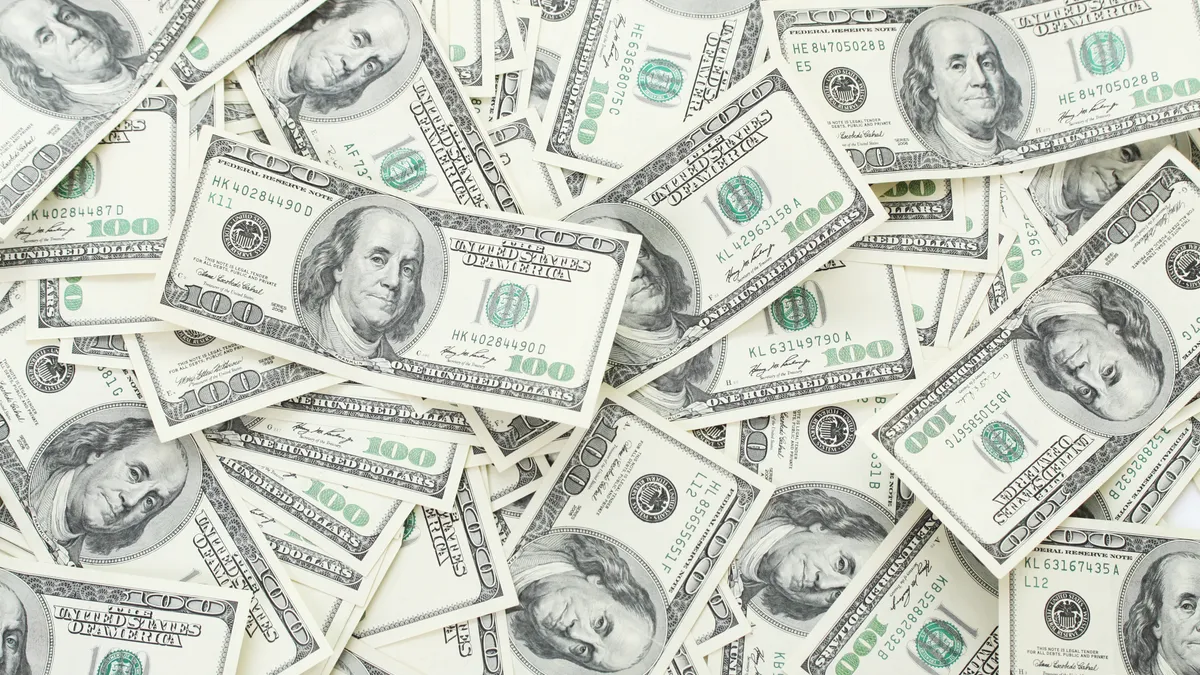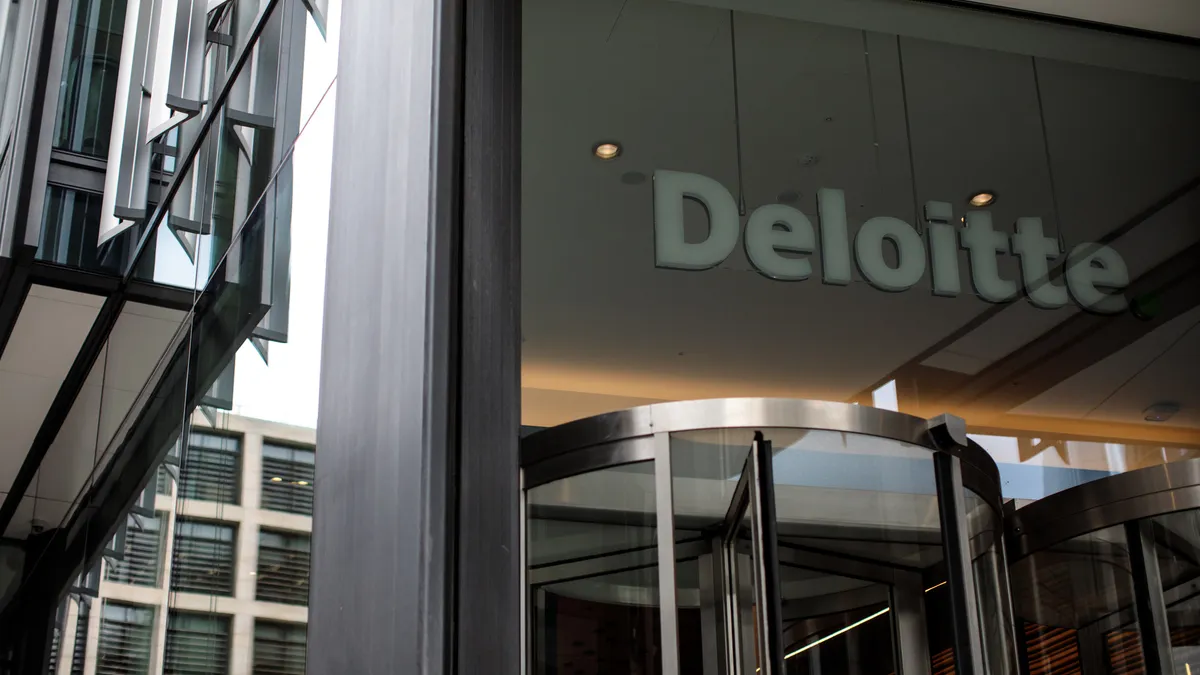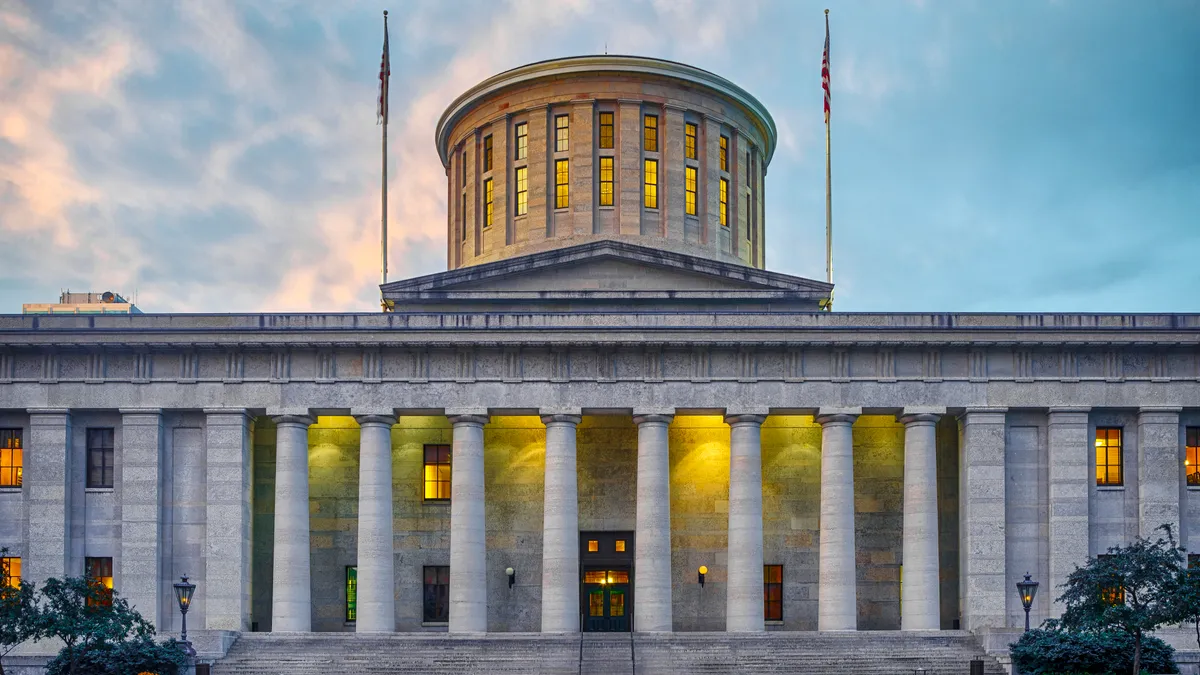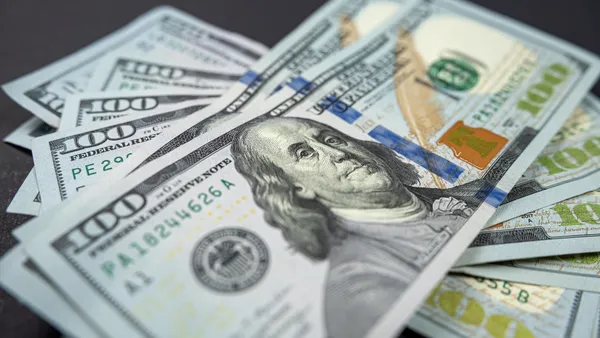Dive Brief:
- The U.S. economy, jarred by the highest tariffs since the 1930s, will likely slow to 1.3% growth this year as inflation persists above the Federal Reserve’s 2% target, the National Association for Business Economics said Monday, citing a survey of forecasters.
- Almost four-out-of-five economists (78%) consider import duties the biggest risk to the economy during the next 12 months, followed by 7% who deem geopolitical conflicts as the top risk, NABE said. Nearly half of panelists (49%) expect tariffs to push up inflation this year by between 0.5 and 0.99 percentage point, while 15% see an increase between 1 point and 2 points.
- “Most of the panelists look for sluggish economic growth and elevated inflation to persist, at least for this year, and for inflation even to remain a little bit above target next year,” Nationwide Mutual Chief Economist Kathy Bostjancic said during an NABE webcast.
Dive Insight:
The impact on oil prices from war between Iran and Israel also threatens to bring about below-trend economic growth and rising price pressures, or “stagflation,” according to Torsten Sløk, chief economist at Apollo Global Management.
A sustained $10 increase in oil prices would stoke inflation by 0.4% and erode gross domestic product by 0.4%, Sløk said in a client note Saturday, citing a Fed model. The price of West Texas Intermediate crude oil surged to $77.68 on Thursday during the outbreak of Iran-Israel hostilities before declining to $71.26 on Monday.
“Higher oil prices exacerbate the ongoing stagflation shock stemming from tariffs and immigration restrictions,” Sløk said, referring to how plans by President Donald Trump to deport undocumented workers would reduce the labor supply.
Higher long-term interest rates and the resumption of student loan payments also pose headwinds to GDP growth but, along with tariffs and more expensive oil, will probably not cause a recession, Sløk said in a note Monday.
Economists downgraded their median forecast for economic growth to 1.3% this year from 1.9% prior to Trump’s April 2 announcement of tariffs against virtually all U.S. trading partners, according to NABE.
“Downgrades to consumer spending, residential investment, government consumption expenditures and a larger trade deficit (net exports) drove the downward revision of the median forecasts,” NABE said.
The economists’ projection is gloomier than recent estimates by the World Bank and OECD, which forecast U.S. GDP growth this year of 1.4% and 1.6%, respectively.
“The rise in trade barriers, heightened uncertainty and the spike in financial market volatility are set to weigh on private consumption, international trade and investment,” the World Bank said in a June 10 report.
The personal consumption expenditures price index, minus volatile food and energy prices, will likely accelerate this year to 3.3% on a Q4-to-Q4 basis, a 0.5 percentage point increase compared with 2024, the association said, citing the median estimate of 42 economists. So-called core PCE is the Fed’s preferred gauge of inflation.
“Higher inflation says the Fed should be hiking,” Sløk said. “Lower GDP growth says the Fed should be cutting.”
Fed officials on Tuesday will begin a two-day meeting to discuss the economy and monetary policy.
Will policymakers “put more weight on the upward pressure on inflation or more weight on the coming slowdown in growth?” Sløk said.
Unemployment will likely average 4.3% this year and rise to 4.7% in 2026, the highest level since 2021, the NABE said.
As the economy cools, the Fed will probably trim the benchmark interest rate by 0.5 percentage point this year from its current range between 4.25% and 4.5%, and by a half point next year, according to the NABE panel of economists.
The quarter-point cuts will likely extend from the third quarter through Q2 next year, NABE said, citing the survey.














